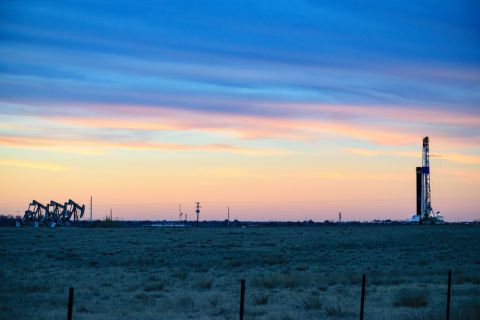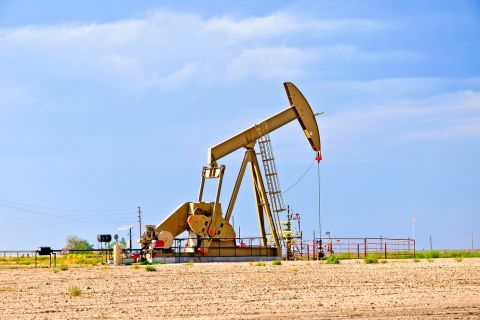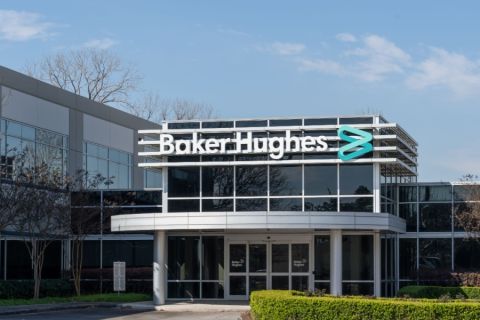Conventional wisdom says that you don’t need seismic in shale plays because you already know where the shale is. But some shale operators know better.
A few years ago a colleague at Hart told me that nobody was shooting seismic in the Barnett. I happened to know of several surveys that were ongoing at the time, and it surprised me that this kind of thinking prevailed.
But I think things are starting to change.
Sept. 29, for instance, I moderated a webcast sponsored by ION Geophysical titled “The Power of Seismic – Unlocking Unconventional Reservoirs.” Oct. 13 I will moderate another webcast, sponsored by Geokinetics, titled “Marcellus – Enhancing ROI Through the Use of 3-D Seismic Data.” And as I edit articles that will run in the SEG dailies next month, I notice the theme of the importance of seismic in shales repeated over and over.
So why the reticence to admit that seismic plays a role in these reservoirs? The jargon of geophysics may be part of the problem. Terms like “azimuthal anisotropy” are not part of the vernacular of your standard completions engineer. The fact is that anisotropy and shear wave splitting can speak volumes about fracture density and orientation. But it’s sometimes hard to get that point across.
What’s needed is a willingness on both sides of the geophysical divide to understand that seismic adds value, how it adds value, and why it adds value. Maybe our webcasts can help.
To view the ION webcast, visit https://secure.oilandgasinvestor.com/webinars/?eventid=64&where=E&P. To view the Geokinetics webcast, visit https://secure.oilandgasinvestor.com/webinars/?eventid=70&where=E%26P. And to read articles in the SEG daily, pick up a copy at the show or visit our website between Oct. 17 and Oct. 20.
Recommended Reading
Crescent Point Divests Non-core Saskatchewan Assets to Saturn Oil & Gas
2024-05-07 - Crescent Point Energy is divesting non-core assets to boost its portfolio for long-term sustainability and repay debt.
Permian Resources Adds More Delaware Basin Acreage
2024-05-07 - Permian Resources also reported its integration of Earthstone Energy’s assets is ahead of schedule and raised expected annual synergies from the deal.
Evolution Petroleum Sees Production Uplift from SCOOP/STACK Deals
2024-05-07 - Evolution Petroleum said the company added 300 gross undeveloped locations and more than a dozen DUCs.
Riley Exploration Permian Closes Delaware Basin Bolt-on
2024-05-08 - Riley Exploration Permian said it added 13,900 acres and up to 25 net locations in Eddy County, New Mexico.
CGG, Baker Hughes Sign MOU for CCS Projects
2024-05-08 - The memorandum of understanding between CGG and Baker Hughes will bring the companies’ complimentary skillsets together to explore carbon capture and sequestration solutions.





